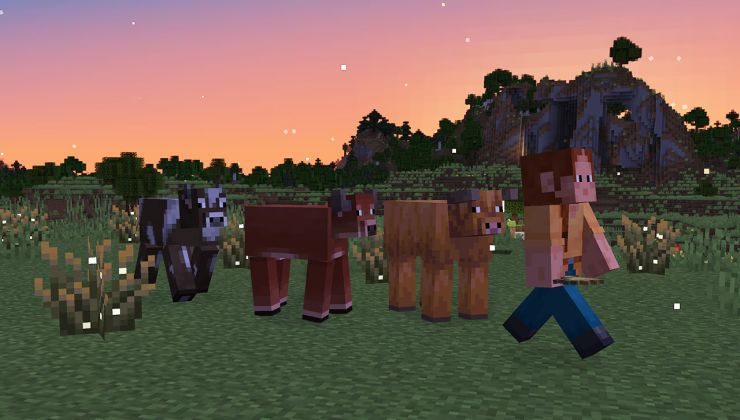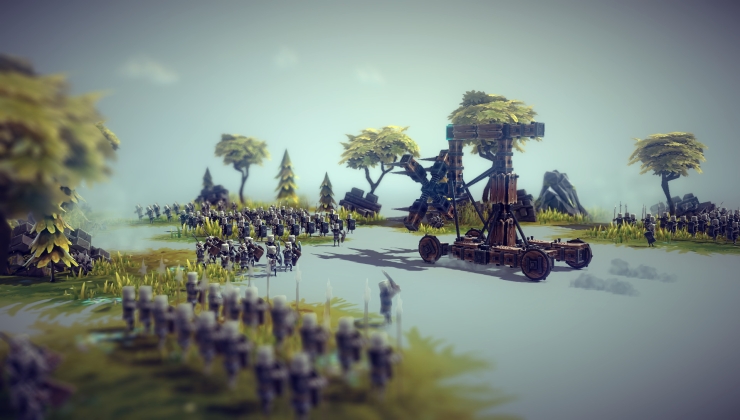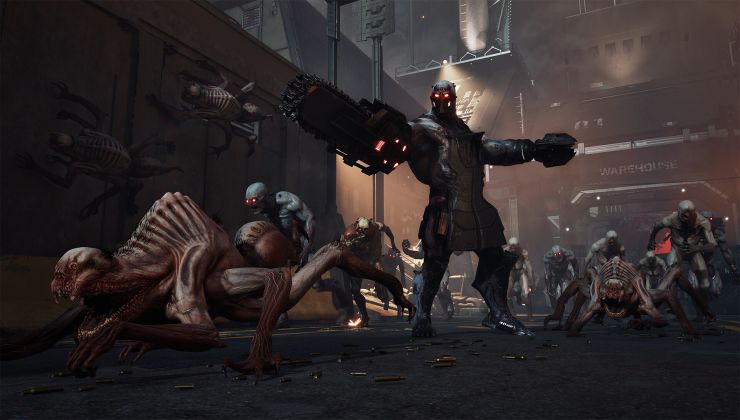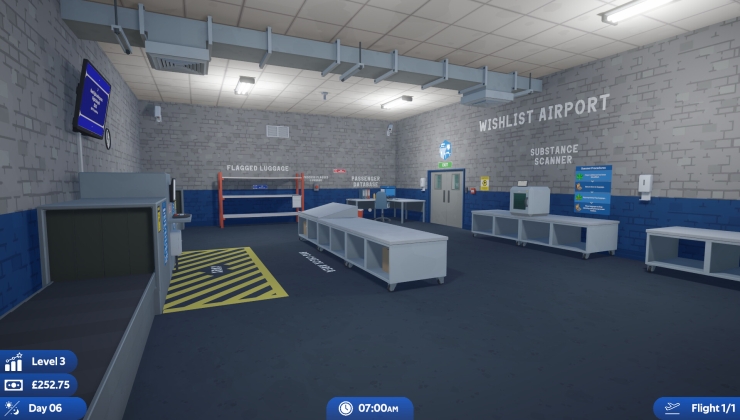The free and open source RTS Warzone 2100 continues advancing, with a big graphics rendering overhaul recently merged in ready for the next release.
Originally developed by Pumpkin Studios and published by Eidos Interactive, released as open source in 2004 and the legacy of it continues on as a completely free game. Quite an innovative RTS at the time too, very different to anything else that was out. One I remember spending a great many hours on!
Since 2019 they've had a ticket up on their GitHub tracking a number of rendering changes in a merge request which as of September 26, 2020 - was merged into the main codebase ready for whenever the next release arrives. Now that it's in, the next release will have support for:
- OpenGL 3.0+ Core Profile (default), OpenGL 2.1 Compatibility Profile
- OpenGL ES 3.0 / 2.0
- Vulkan 1.0+ (this backend can be selected with the command-line option --gfxbackend=vulkan)
- DirectX (via LibANGLE) on Windows
If you want to try pre-made builds, they have links for Ubuntu in this GitHub comment. They mentioned Vulkan support in the Snap package will come later too. It's not entirely clear when Warzone 2100 version 3.5 will arrive with this, as there's still a bunch of open issues in progress for it.
Warzone 2100 is another wonderful example of game preservation in action thanks to open source.
See more on the official site.
When they have native OpenGL, OpenGL ES, and Vulkan backends, what's the point of translating to DirectX?
Translating to Direct3D is often done to workaround issues with poor OpenGL drivers on Windows (typically on old graphics cards, especially from AMD and Intel).
On good OpenGL implementations, it often hurts more than it helps, though.
Last edited by Calinou on 28 Sep 2020 at 1:57 pm UTC
Translating to Direct3D is often done to workaround issues with poor OpenGL drivers on Windows (typically on old graphics cards, especially from AMD and Intel).
One thing M$ did right is extensive DirectX tests for WHQL drivers. That means that graphics drivers you get from Windows Update generally have somewhat stable DirectX support, but OpenGL support may be poor to nonexistent.







 How to set, change and reset your SteamOS / Steam Deck desktop sudo password
How to set, change and reset your SteamOS / Steam Deck desktop sudo password How to set up Decky Loader on Steam Deck / SteamOS for easy plugins
How to set up Decky Loader on Steam Deck / SteamOS for easy plugins
See more from me